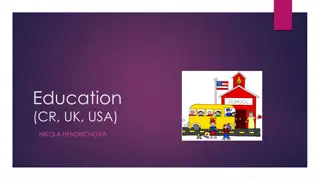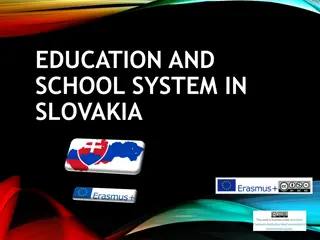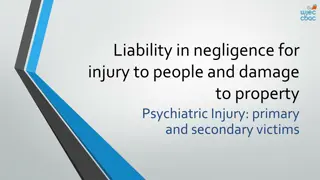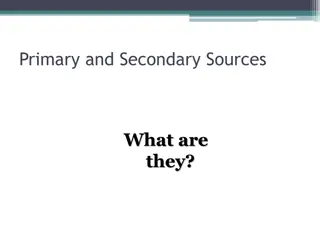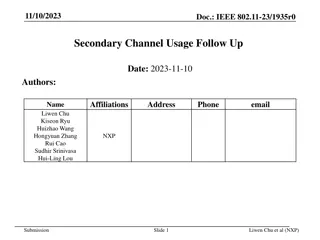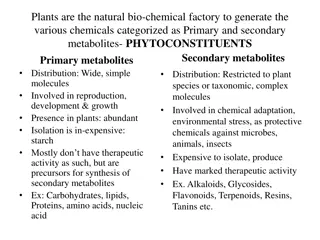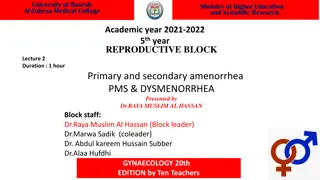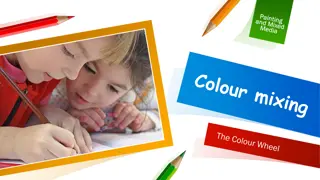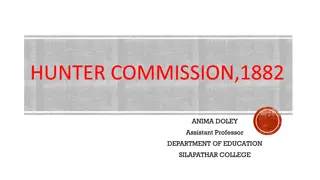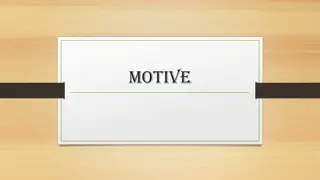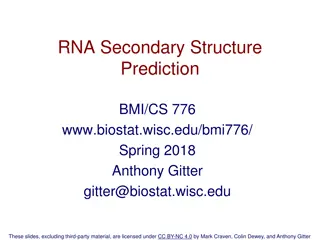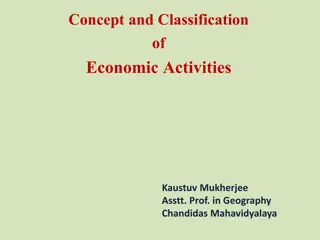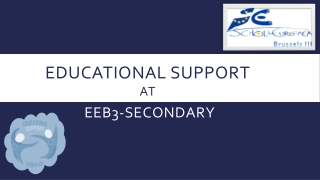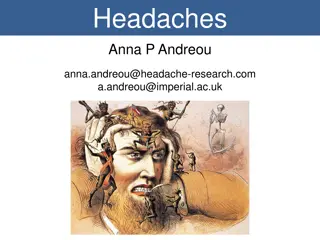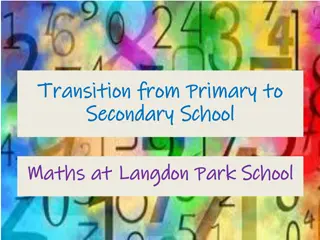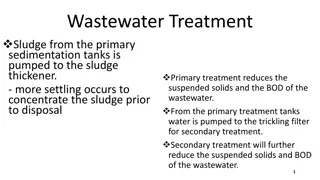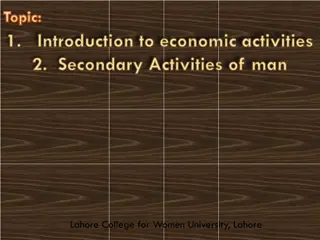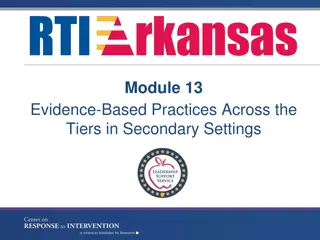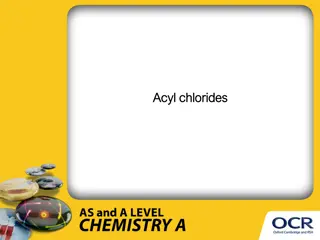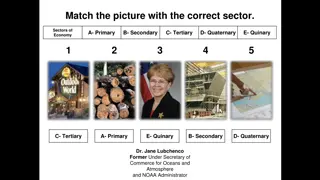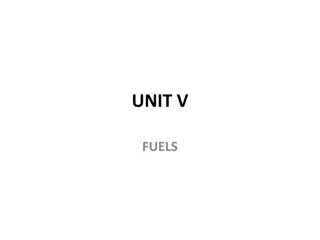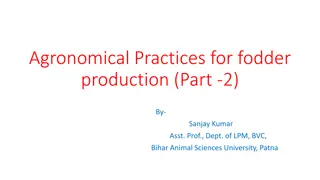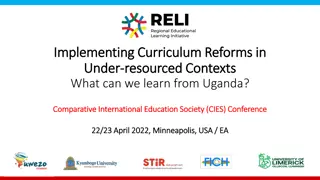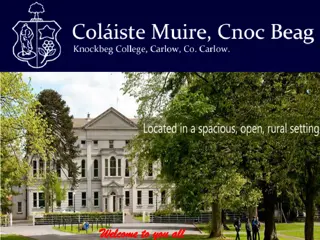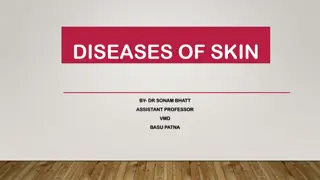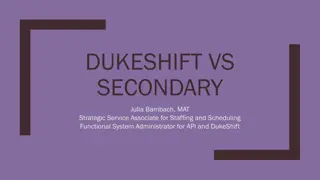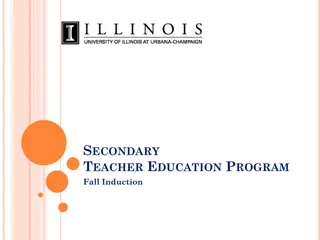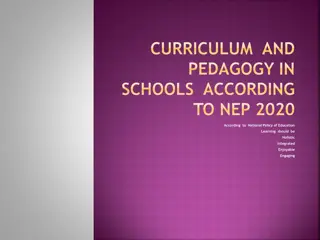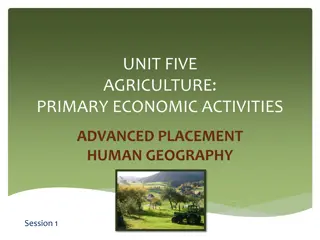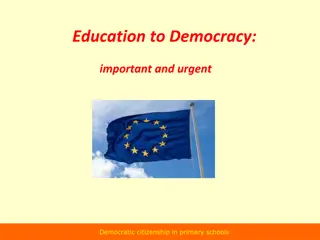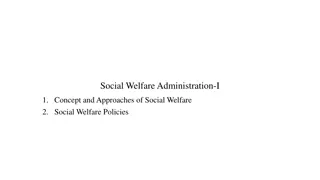Implementing Community-Based Learning Activities in Primary and Secondary Education
Engage students in community-based learning activities at primary and secondary levels focusing on life skills, health, environment, and more. Teachers are encouraged to adapt suggested activities, promote core competencies and values, and target specific thematic areas to ensure a holistic learning experience.
- Community-based learning
- Primary education
- Secondary education
- Activity-based learning
- Core competencies
Download Presentation

Please find below an Image/Link to download the presentation.
The content on the website is provided AS IS for your information and personal use only. It may not be sold, licensed, or shared on other websites without obtaining consent from the author. Download presentation by click this link. If you encounter any issues during the download, it is possible that the publisher has removed the file from their server.
E N D
Presentation Transcript
COMMUNITY BASED LEARNING Suggested Activities for Primary & Secondary Levels
PRIMARY LEVEL SUGGESTED ACTIVITIES
INTRODUCTION Primary has two sets of suggested activities for learners and teachers to engage with as follows: 1. Grade 1 to 4 activities 2. Standard 5 to 8 activities
CONT. It is important that the teacher tries to cover as much of what is suggested as much possible. The teacher may substitute what they cannot do because of lack of resources . It is important to vary the activities during the different days and times The teacher is free to add other own activities that will motivate the learners.
CONT The activities are in four thematic areas that is: Life skills and values Health and Fitness Learning areas activities Environment and sanitation
SECONDARY EDUCATION Community Based Learning
SECONDARY EDUCATION GUIDELINES targets teachers who will be facilitating learners in secondary schools. Two cohorts, (i) Form 1 and 2 and (ii) Form 3 and 4. Activity based learning approach to ensure learners are engaged and enjoy the learning Core competencies such as communication and collaboration, critical thinking and problem solving, creativity and imagination, citizenship, digital literacy, learning to learn and self- efficacy. Values such as love, responsibility, respect, integrity, social justice, peace, unity and patriotism is expected to be mainstreamed in every lesson or activity. Activities identified age appropriate, contextualised, achieve learning outcomes
THEMATIC AREAS 1. Citizenship 6. Life skills 2. Environment 7. Home science 3. Creative Arts 8. Mathematics and Financial literacy 4. Language 5. Games and fitness
BROAD AREAS Citizenship Values Formation Social Responsibility Social Entrepreneurship Religious Activities Socio-cultural Activities. Environment Personal Hygiene Hygiene and Conservation Careers in Science (Non)Communicable Diseases Body Systems Physical Exercise and Safety Home Remedies and Simple First Aid Environmental Conservation Business Resources Agribusiness Creative Arts Multi - media cards Draw and paint pictures Craft activities Music and dance Drama Videography and photography Language Language games Debates Public speaking Poetry Oral Literature Reading Writing
Cont: fitness Games and Life skills Home science Mathematics and Financial literacy Personal hygiene Clothes Foods Care of the home and compound Consumer awareness Self-aware Stop Bullying and Violence Time Management Making decisions Leadership Communication Self-esteem Conflict resolution Choosing subjects and careers Study and organisational skills, Goal setting Daily Living Skills Mathematics Geometry shapes Math Brain Teasers Trick Questions Riddles Ratios and Proportions The Number System Expressions and Equations Running games Dancing Athletics Aerobics ensure social distancing Financial Education Self-assessment Self -discovery
ACTIVITIES Group work- identify problems in their community Community service learning cleaning the coumpound, planting flowers, harvesting water, waste disposal, planting trees Peer review assessing projects, feedback on presentations Projects art works, needlework samples of stitches, attaching buttons
SAMPLE LESSON FIRST LESSON: LIFE SKILLS Introducing Yourself Teacher and learners introduce themselves - Think of an animal in your community whose name begins with the letter of your first name. e.g. David donkey, Okello owl - Explain a positive aspect of the animal - Mention the class and school you attend - Game: sit in a circle, 1.5m apart, the first person goes round the circle and before they sit down mention an animal that was mentioned in the introduction. The learner who mentioned the animal stands and walks round the circle and does the same until all learners have had their turn.
WHAT SKILLS HAVE BEED DEVELOPED? Core competencies- collaboration, communication, self-efficacy. Values: Unity, respect for each others choices , appreciation of animal in the community (Love)
HOME SCIENCE: PERSONAL HYGIENE COVID-19 EXPECTATIONS (1 HOUR) Introduction: Learners discuss hygiene, what it means and how it applies in their context as adolescence and its importance. Key Inquiry Question (KIQ): What are the hygienic practices we are expected to comply with during this period? Activity 1: Hand Washing 1. The teacher has different options to address this part; Where flowing water, soap and handtowels are available it can be done practically Where these items are not available simulations can be done 2. One learner demonstrates how they have been advised to wash their hands. The rest of the learner s critics what may have been forgotten. Finally, all learners wash their hands in the recommended way. 3. Learners discuss why it is important to wash their hands correctly. KIQ: When is the appropriate time to wash your hands?
Activity 2:Wearing a Mask 1. Each child will be wearing a mask.: Learners discuss- why they are wearing mask their feelings about the masks. How they clean or dispose masks 2. Allow learners to demonstrate how they put on and remove their masks. Discuss the right and wrong ways of doing this. 3. Discuss the disposal and cleaning of masks.
Activity 3:Social Distancing 1. Learners agree on the recommended distance they are expected to keep away from one another. 2. Using a tape measure learners measure how far apart is 1.5m and 2 m 3. Learners discuss practical ways they can ensure social distancing when a tape measure is not available. Example: measure the length of your outstretched hands or a foot step, is it equivalent to the recommended distance?
Conclusion: Learners write down their resolutions on what they will do to ensure complying with the measures to hygiene during Covid-19 period. Assessment: observe whether the learners are observing the measures discussed. Keep the learners accountable for each other. Core-competencies: communication, collaboration, imagination, creativity, learning to learn, critical thinking problem solving, self-efficacy, Values: responsibility, respect, integrity, social justice, peace, unity and patriotism


